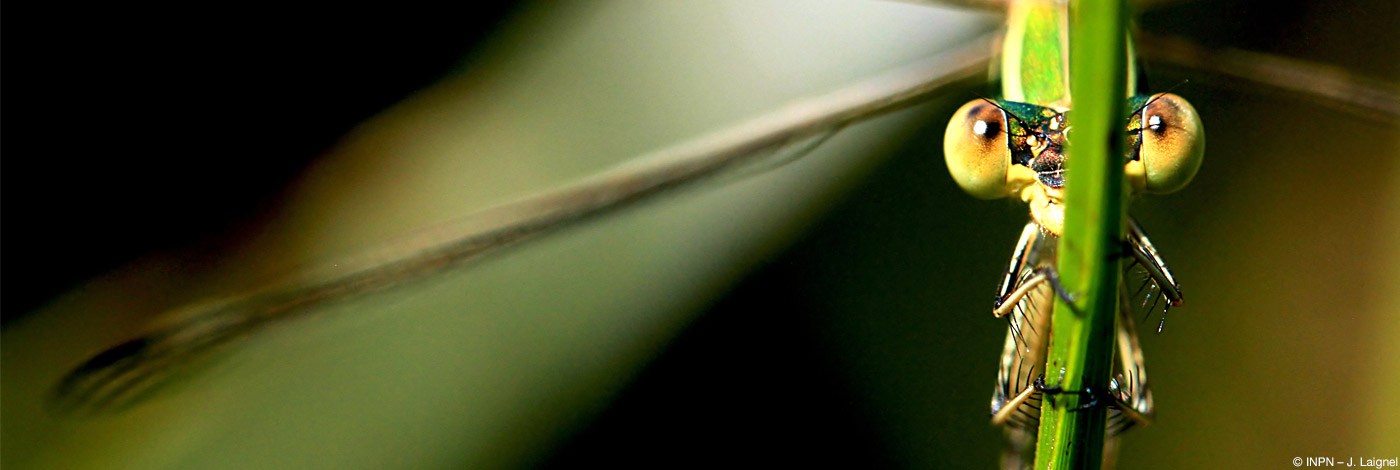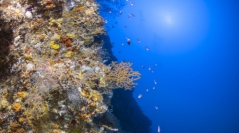

 Naturae
2022 (8) - Pages 133-167
Naturae
2022 (8) - Pages 133-167Technical dives (TEK) using rebreathers and trimix gas were carried out around the island of Mayotte on the outer reef slope at depths ranging from 50 to 120 m, and more intensively around 70-80 m, from 2017 to 2020. The goal of these dives was to study the living communities of the mesophotic zone which are still poorly known. This work presents the results obtained for the crustaceans (Decapoda, Stomatopoda). In total 44 species were photographed in high definition during the dives. Identification from photos was made with confidence for 30 species, with some uncertainty for seven species, and unsuccessfully for seven that may be new species. Caridean shrimps (16 species), anomurans (15 species) and crabs (seven species) were the dominant groups. Other taxa, including Stomatopoda, Stenopodidea, Astacidea and Achelata each had only two species. This inventory adds 32 new species to the crustacean fauna of Mayotte, including four new records for the Indian Ocean. Each species is illustrated with at least one photograph. The listing includes references to scientific publications or guides that were consulted for each identification, remarks on the confidence that can be given to those identifications, and updates of geographic and bathymetric distributions, when needed. For 15 species traditionally observed in shallow-water (< 50 m) depth ranges increased by 3 to 45 m. More than half of the species (26 species) were observed moving freely on the bottom or in crevices. The others were observed in association with corals or hydrozoans (12 species), echinoderms (three species), fishes (two species) and sponges (one species). A few species are cavernicolous, observed in caves or under coral reef overhang. Based on inventories already available on decapod crustaceans for the French overseas tropical regions, it is estimated that at least 212 species of Decapoda and Stomatopoda are potentially present in the mesophotic zone of Mayotte. The present inventory of 44 species is, therefore, quite modest but the photographs taken in situ make it possible to highlight certain associations or lifestyles that were not suspected with conventional means of study. In the future, results presented herein could be improved by paying more attention to mollusk shells, sometimes occupied by hermit crabs that were not identified because not photographed at close range. Dives could be also conducted at night when the crustaceans are more active. The continuation of this research program plans to collect a few specimens, in particular for species recognized as potentially new for science.